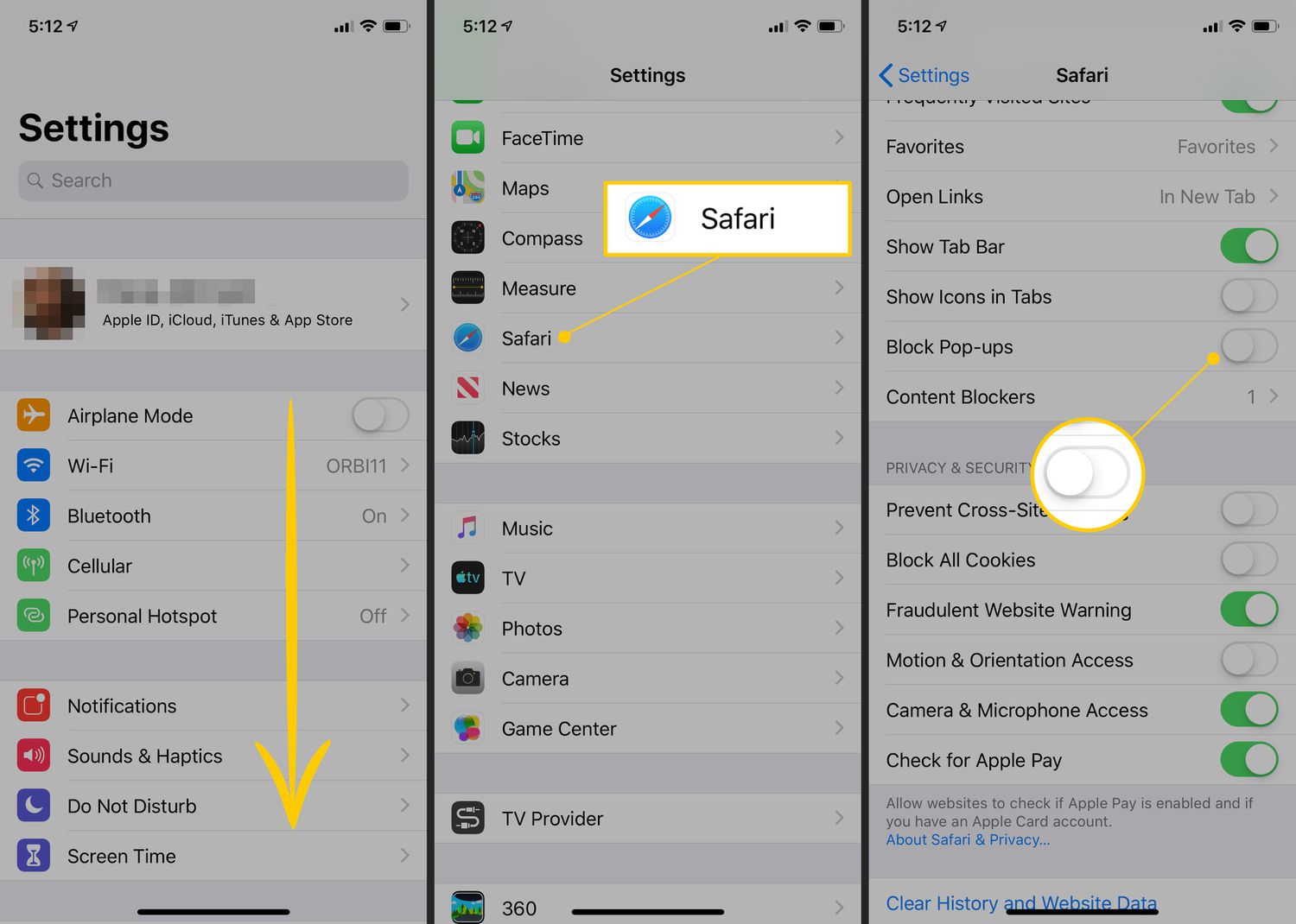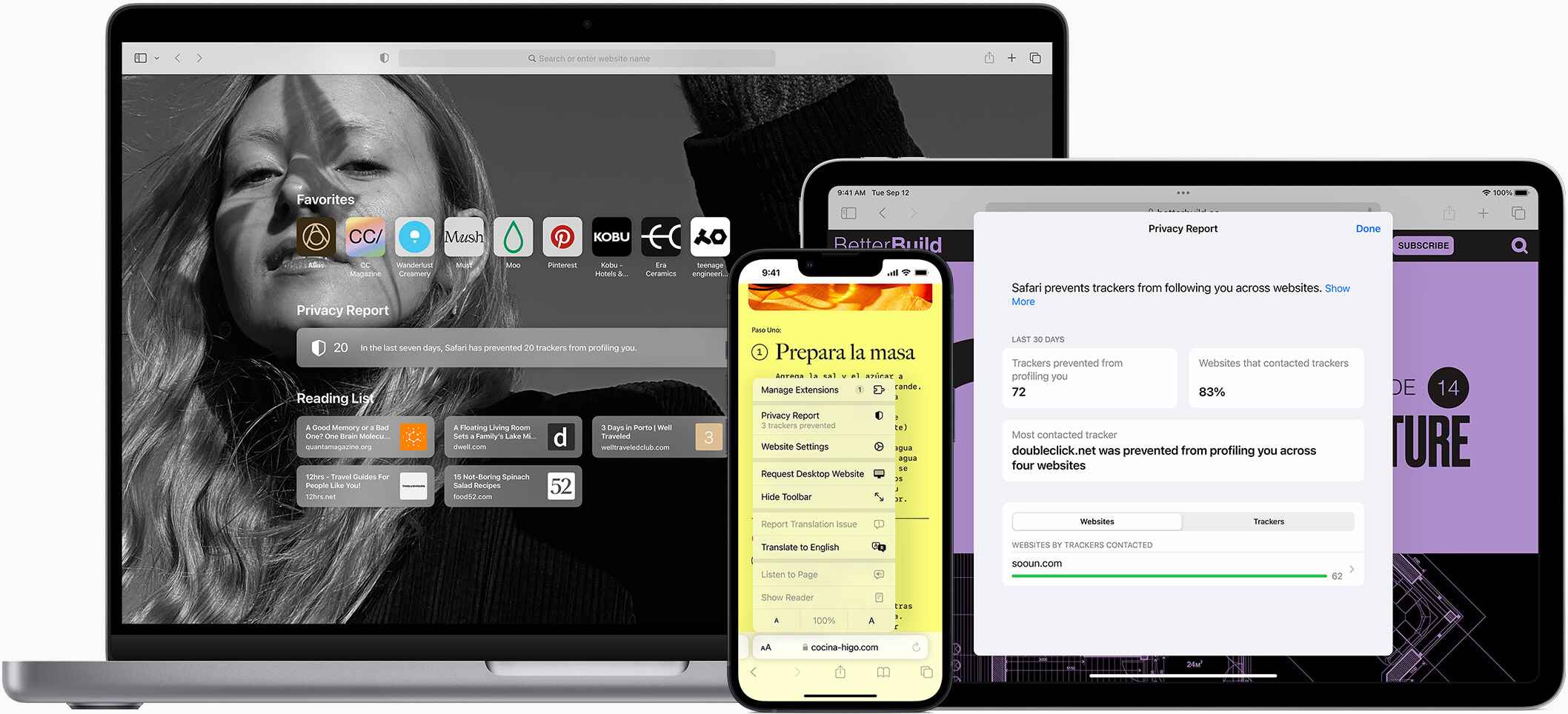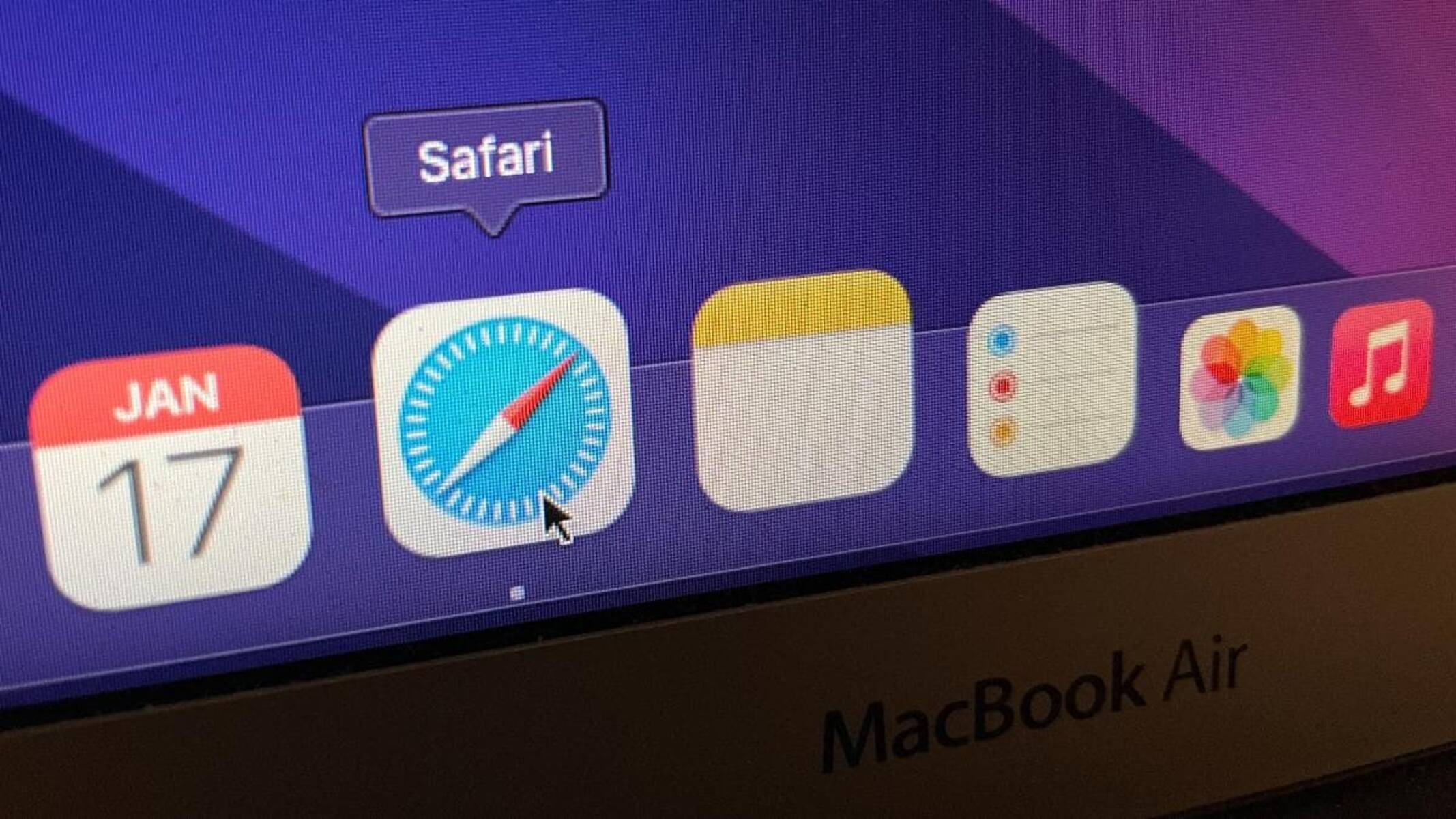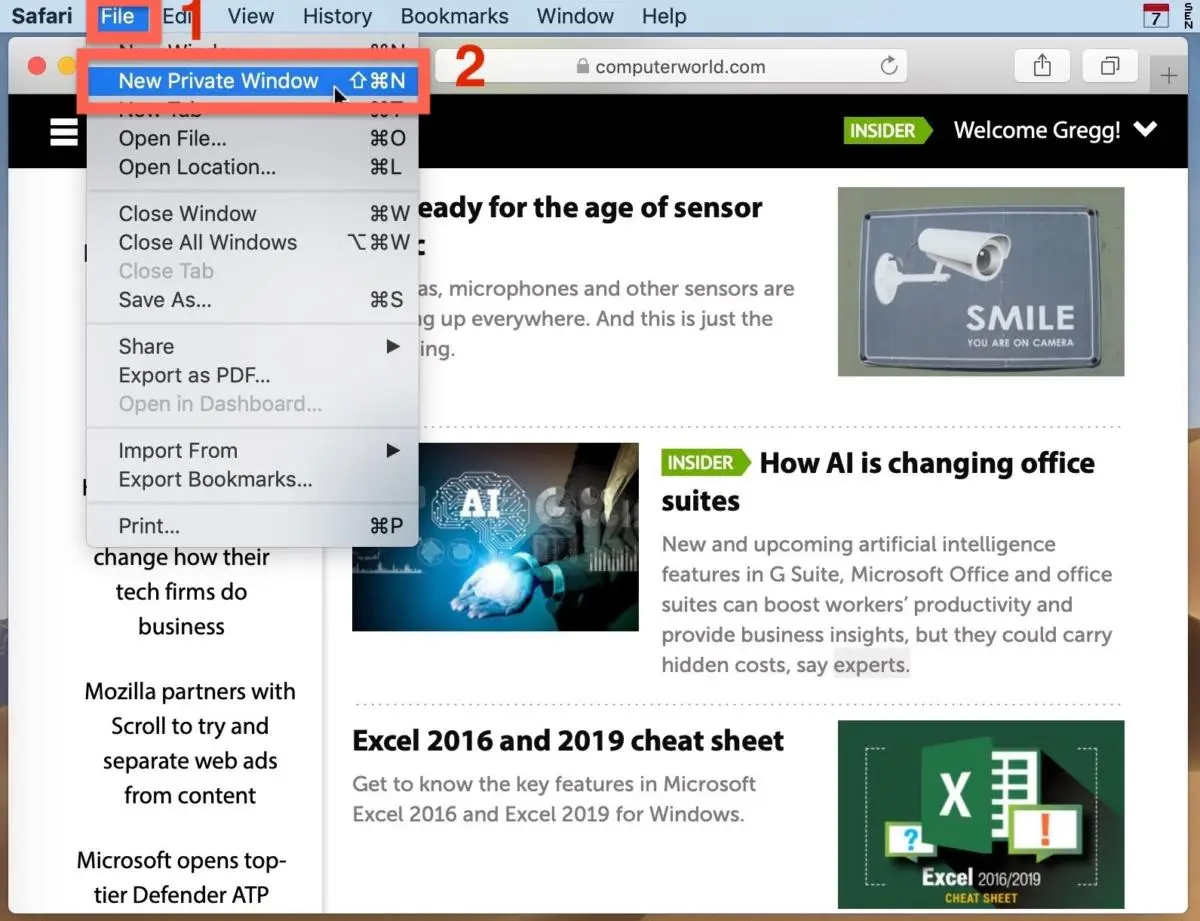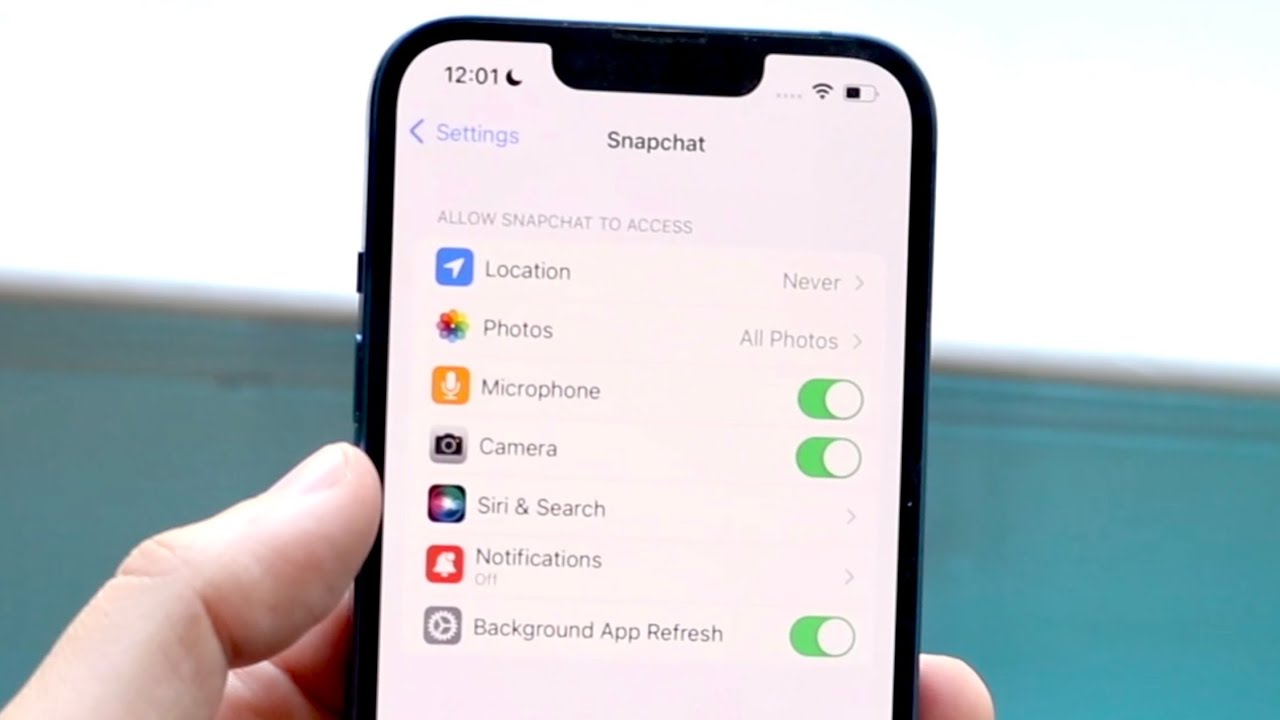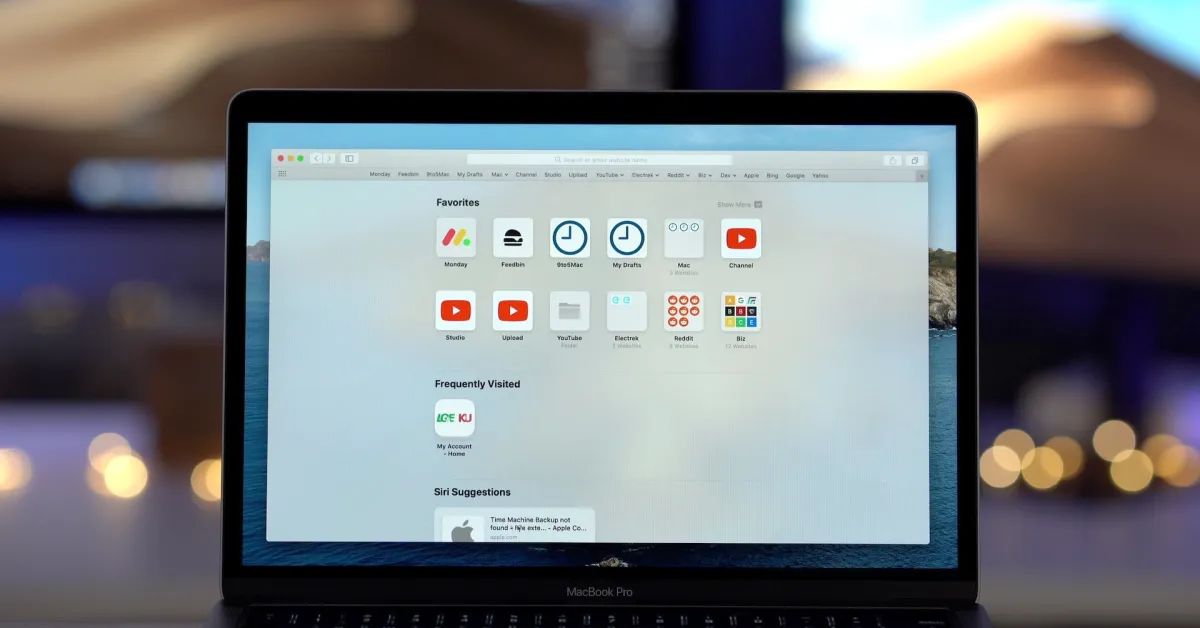Introduction
When it comes to web development and testing, ensuring cross-browser compatibility is crucial for delivering a seamless user experience. While many developers and testers primarily focus on popular browsers like Chrome and Firefox, it's equally important to consider Safari, especially for users on Apple devices. However, testing a website on Safari can be challenging, particularly for those using Windows-based systems.
Safari, Apple's native web browser, is renowned for its sleek interface, robust performance, and adherence to web standards. As a result, web developers and testers need to validate their websites on Safari to guarantee optimal functionality across different platforms. While Safari is readily available on Apple devices, Windows users may encounter obstacles when attempting to test their websites on this browser.
In this article, we will explore the intricacies of testing a website on Safari while using a Windows operating system. From installing Safari on Windows to leveraging Safari Developer Tools for comprehensive testing, we will delve into the essential steps and best practices for ensuring website compatibility. Additionally, we will address common troubleshooting issues that Windows users may encounter when testing their websites on Safari.
By the end of this guide, you will have a comprehensive understanding of how to effectively test your website on Safari, enabling you to deliver a seamless browsing experience for users across various platforms. Let's embark on this journey to unravel the nuances of website testing on Safari for Windows users.
Installing Safari on Windows
Installing Safari on a Windows system may seem like a daunting task, considering that Apple officially discontinued Safari for Windows several years ago. However, for web developers and testers who need to ensure cross-browser compatibility, having access to Safari on Windows is essential. While Apple no longer provides official support for Safari on Windows, there are alternative methods to install and utilize this browser for testing purposes.
One approach involves leveraging virtualization software such as Oracle VM VirtualBox or VMware Workstation. These tools enable users to create virtual machines running macOS on their Windows systems, effectively providing access to Safari. By setting up a virtual macOS environment within the virtualization software, users can then install Safari and use it for website testing.
Another viable option is utilizing cloud-based testing platforms that offer access to real macOS environments. These platforms enable users to remotely access and test their websites on Safari without the need to install the browser directly on their Windows machines. This approach eliminates the complexities associated with setting up a virtual macOS environment and provides a convenient solution for testing website compatibility on Safari.
It's important to note that while these methods enable Windows users to access Safari for testing purposes, they may involve additional setup and potential costs, particularly when utilizing cloud-based testing platforms. Additionally, users should exercise caution and ensure compliance with Apple's terms of use when installing and using Safari on non-Apple hardware or virtual environments.
By exploring these alternative methods, Windows users can overcome the limitations of Safari's unavailability on their operating system and gain the ability to thoroughly test their websites on this prominent browser. With Safari installed on their Windows systems, developers and testers can conduct comprehensive compatibility checks and ensure a seamless browsing experience for Safari users, ultimately enhancing the overall quality of their websites.
Using Safari Developer Tools
Safari Developer Tools offer a robust set of features that empower web developers and testers to analyze, debug, and optimize their websites with precision. These tools are integral to the web development process, providing insights into various aspects of website performance, layout, and functionality. When testing a website on Safari, leveraging Safari Developer Tools is essential for identifying and addressing potential issues that may affect the user experience.
Accessing Safari Developer Tools
To access Safari Developer Tools, users can simply enable the Develop menu within the Safari browser. This can be done by navigating to Safari's Preferences, selecting the Advanced tab, and checking the "Show Develop menu in menu bar" option. Once enabled, the Develop menu will appear in the Safari menu bar, granting access to a range of developer-oriented features and tools.
Key Features and Capabilities
Safari Developer Tools encompass a diverse array of capabilities, including the Elements panel for inspecting and modifying the DOM (Document Object Model), the Console for logging and debugging JavaScript, the Network panel for monitoring network activity, and the Resources panel for examining website resources such as images, stylesheets, and scripts. Additionally, the Timeline and Performance panels enable in-depth performance analysis, while the Application panel facilitates the inspection of web storage, caches, and service workers.
Responsive Design and Mobile Testing
One notable feature of Safari Developer Tools is the responsive design mode, which allows developers to simulate various device sizes and orientations, aiding in the testing of website responsiveness and mobile compatibility. By emulating different devices, developers can assess how their websites adapt to diverse screen dimensions and ensure a consistent user experience across a spectrum of devices.
Debugging and Optimization
Safari Developer Tools provide robust debugging capabilities, allowing developers to identify and rectify JavaScript errors, CSS issues, and layout inconsistencies. The ability to inspect and modify the DOM in real-time facilitates rapid troubleshooting and refinement of website elements. Furthermore, the performance analysis tools empower developers to optimize website speed and responsiveness, enhancing overall user satisfaction.
Integration with Other Tools
Safari Developer Tools seamlessly integrate with other web development tools and frameworks, fostering a cohesive workflow for developers. Whether utilizing JavaScript frameworks, CSS preprocessors, or performance monitoring tools, Safari Developer Tools complement a wide range of development environments and methodologies, empowering developers to streamline their workflows and deliver high-quality websites.
Incorporating Safari Developer Tools into the website testing process on Windows provides invaluable insights and diagnostic capabilities, enabling developers and testers to refine their websites for optimal performance and compatibility on the Safari browser. By harnessing the diverse features of Safari Developer Tools, users can elevate the quality of their websites and deliver a polished browsing experience for Safari users.
Testing Website Compatibility
Ensuring website compatibility across different browsers is a fundamental aspect of web development and testing. When it comes to Safari on Windows, validating website compatibility is particularly crucial, given the distinct rendering behaviors and feature sets of the Safari browser. Testing website compatibility on Safari for Windows involves a comprehensive assessment of various elements to guarantee a seamless user experience for Safari users.
Cross-Browser Testing
Cross-browser testing is a cornerstone of website compatibility validation. It involves examining how a website renders and functions across different browsers, including Safari, Chrome, Firefox, and Edge. When testing website compatibility on Safari for Windows, developers and testers need to meticulously compare the website's appearance, layout, functionality, and performance across these diverse browsers. By conducting thorough cross-browser testing, potential discrepancies and issues specific to Safari can be identified and addressed, ensuring a consistent and reliable experience for all users.
CSS and Layout Rendering
Safari, known for its adherence to web standards and unique rendering engine, may exhibit variations in CSS rendering and layout compared to other browsers. Testing website compatibility on Safari for Windows entails scrutinizing the website's layout, responsive design, and CSS styling to detect any discrepancies or anomalies specific to Safari. This involves assessing the positioning of elements, handling of media queries, and overall visual presentation to ascertain that the website maintains its intended design and layout integrity across Safari and other browsers.
JavaScript Functionality
JavaScript plays a pivotal role in modern web development, powering interactive features, dynamic content, and user interface enhancements. When testing website compatibility on Safari for Windows, it is imperative to evaluate the functionality and performance of JavaScript code across different browsers. This involves verifying the execution of JavaScript-based functionalities, event handling, and compatibility with JavaScript frameworks to ensure consistent behavior and functionality across Safari and other browsers.
Media and Content Display
The display and rendering of media elements, such as images, videos, and interactive content, can vary across different browsers. Testing website compatibility on Safari for Windows encompasses assessing the rendering and playback of media content to confirm seamless presentation and functionality. This includes evaluating image scaling, video playback, and the behavior of interactive elements to guarantee a cohesive multimedia experience for Safari users on Windows.
Form and Input Validation
Forms and input fields are integral components of many websites, facilitating user interaction and data submission. When testing website compatibility on Safari for Windows, validating the behavior of forms, input validation, and user input handling is essential. This involves examining form elements, input validation scripts, and user feedback mechanisms to ensure consistent functionality and user experience across Safari and other browsers.
By meticulously evaluating these critical aspects of website compatibility, developers and testers can ascertain that their websites deliver a cohesive and reliable experience for Safari users on Windows. Through comprehensive testing and validation, potential compatibility issues can be identified and resolved, ultimately enhancing the overall quality and usability of the website across diverse browsing environments.
Troubleshooting Safari on Windows
Troubleshooting Safari on Windows may involve addressing a range of issues that can arise during the website testing process. As Windows users navigate the intricacies of testing their websites on Safari, they may encounter specific challenges and obstacles that require effective troubleshooting strategies. By understanding common issues and implementing targeted solutions, developers and testers can streamline the testing process and ensure optimal website compatibility on Safari for Windows.
Addressing Rendering Discrepancies
One prevalent challenge when testing websites on Safari for Windows is addressing rendering discrepancies. Safari's rendering engine and CSS interpretation may exhibit differences compared to other browsers, leading to layout inconsistencies and visual anomalies. To troubleshoot rendering issues, developers can leverage Safari Developer Tools to inspect the DOM, analyze CSS styles, and identify rendering discrepancies. By pinpointing the root causes of rendering inconsistencies, developers can implement targeted CSS adjustments and refinements to harmonize the website's appearance across Safari and other browsers.
Resolving JavaScript Compatibility
JavaScript compatibility issues can pose significant hurdles when testing websites on Safari for Windows. Given Safari's unique JavaScript engine and feature support, certain JavaScript functionalities and frameworks may behave differently on Safari compared to other browsers. To address JavaScript compatibility challenges, developers can utilize Safari Developer Tools to debug JavaScript code, identify compatibility issues, and implement browser-specific JavaScript optimizations. Additionally, leveraging polyfills and feature detection techniques can help ensure consistent JavaScript behavior across diverse browsers, including Safari on Windows.
Optimizing Media Playback and Performance
Media playback and performance optimization are critical considerations when testing websites on Safari for Windows. Issues related to video playback, image scaling, and interactive media elements may surface, impacting the overall multimedia experience for Safari users. Troubleshooting media-related challenges involves evaluating media formats, implementing cross-browser compatibility techniques, and leveraging Safari Developer Tools to analyze media performance metrics. By optimizing media assets and addressing performance bottlenecks, developers can enhance the multimedia experience on Safari for Windows, ensuring seamless playback and visual presentation.
Validating Cross-Browser Functionality
Cross-browser functionality validation is essential when testing websites on Safari for Windows. Ensuring that interactive features, form submissions, and dynamic content behave consistently across different browsers is paramount. Troubleshooting cross-browser functionality involves rigorous testing, error monitoring, and the implementation of browser-specific workarounds when necessary. By validating and fine-tuning the website's functionality across Safari and other browsers, developers can mitigate compatibility issues and deliver a cohesive user experience across diverse browsing environments.
By proactively addressing these troubleshooting considerations, developers and testers can navigate the intricacies of testing websites on Safari for Windows with confidence. Through meticulous analysis, targeted optimizations, and strategic troubleshooting, the challenges associated with Safari compatibility on Windows can be effectively mitigated, ultimately ensuring a seamless and reliable browsing experience for Safari users on Windows platforms.









